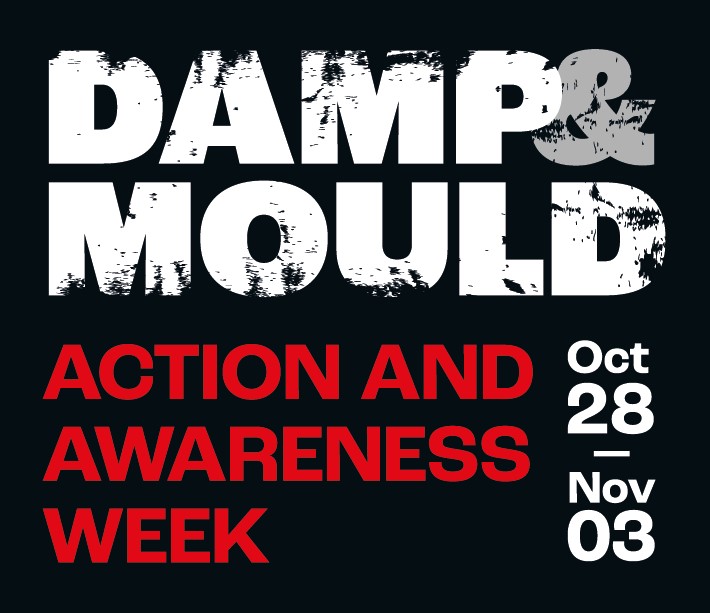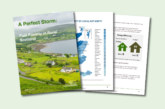
Landlords, tenants and housing officials are being urged to come together to tackle a problem which costs the NHS more than £2.5 billion every year.
Over seven million households in the UK are affected by damp and mould.
Now, in a bid to raise awareness of the health issues associated with the problem, and to encourage individuals and organisations to work together to tackle the issue, the UK’s first Damp & Mould Action and Awareness Week is being launched.
The week already has the backing of renowned architectural expert Professor Timothy Sharpe from the University of Strathclyde, who specialises in indoor ventilation and transmission, as well as lobbying groups like Healthy Homes Hub and housing groups.
Damp and mould produce allergens, irritants, mould spores and other toxins that are harmful to health. According to the Institute of Health Equity, illnesses linked to cold, damp and dangerous homes cost the NHS more than £2.5 billion a year.
The action and awareness week, which will take place between 28 October and 3 November, is being spearheaded by Midlands-based home life safety specialists Aico.
The issue of damp and mould was brought to public attention in 2020 following the death of two-year-old Awaab Ishak from a severe respiratory infection caused by prolonged exposure to damp and mould in his home.
The Labour government has pledged to extend ‘Awaab’s Law’, which will require all social landlords to investigate and fix reported health hazards like mould and damp within specified timeframes. If they fail to do so, tenants will be able to hold their landlords to account by taking legal action through the courts for breach of contract.
Professor Timothy Sharpe, Head of Architecture at the University of Strathclyde, who specialises in indoor ventilation and transmission, said: “The harmful effects of damp and mould have been known for many years.
“There are many factors that can lead to the problems of damp and mould, along with other issues of poor air quality such as exposure to pollutants, so it is important to help both owners and landlords understand the issues, the potential impacts, but most importantly measures that can be taken to reduce or eliminate the risk.
“However, one of the great challenges is that we do not routinely monitor the actual performance of buildings, and this becomes even more important when we consider the changes that we need to make to reduce energy consumption and carbon emissions from our existing housing.
“The idea of a Damp & Mould Action and Awareness week is an excellent way of improving knowledge and understanding of how these issues may be better understood and addressed.”
Tony Boyle, Regional Director at Aico, said: “Damp and mould is a significant problem, particularly in the social housing sector. It is a serious health issue and needs to be addressed as a matter of urgency.
“We attend many events where we speak to a lot of social landlords, and the idea of this week has really come from the feedback we have had from them. There is an awareness of the issue and a willingness to do something about it, but what’s missing is having all the pieces of the puzzle in one place.”
Anyone interested in finding out more about the week, or who wants to support it, can visit www.aico.co.uk/damp-mould-action-and-awareness-week








